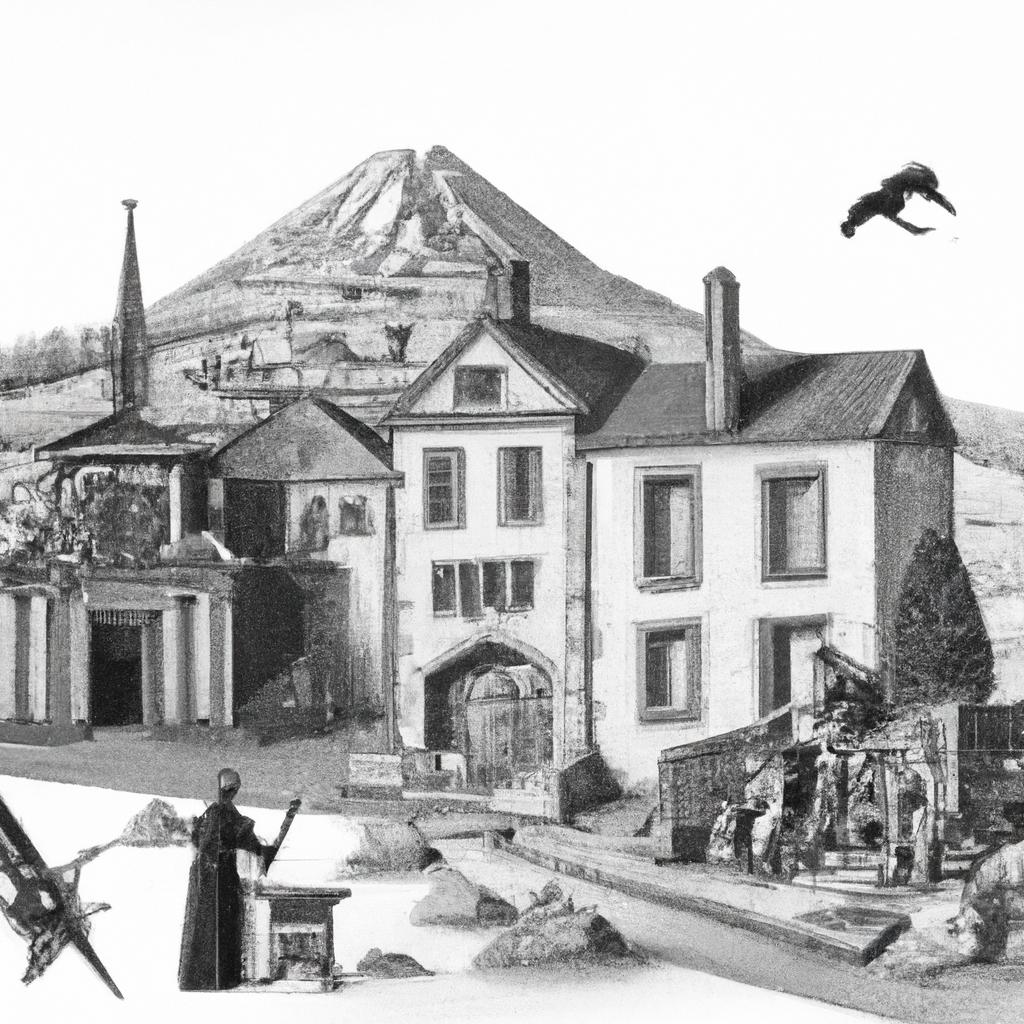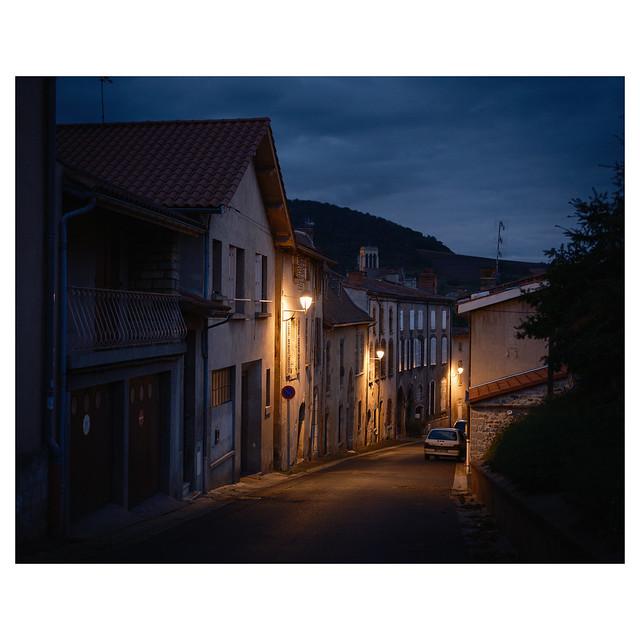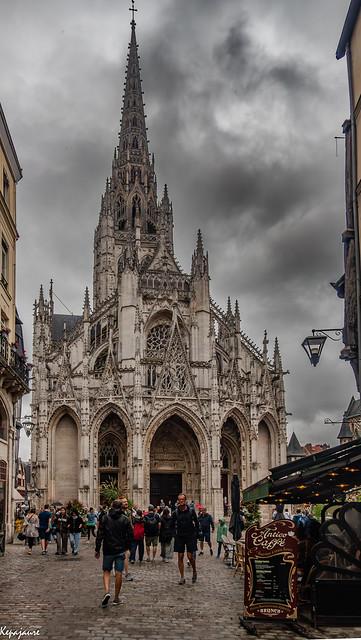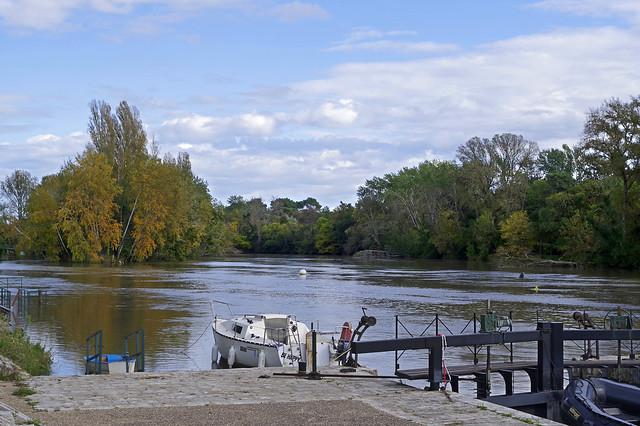Puy-de-Dôme
Overview
Puy-de-Dôme is a department in the Auvergne region of central France, named after the famous dormant volcano, the Puy de Dôme, which is one of the region's most iconic landmarks. This area is rich in natural beauty and historical significance, offering a unique blend of cultural heritage and outdoor adventure. The region is known for its dramatic landscapes, including the Chaîne des Puys, a chain of volcanoes that are now a UNESCO World Heritage site. The local culture is deeply rooted in its history, with influences seen in its cuisine, traditional festivals, and architecture. Visitors can explore ancient Romanesque churches and charming villages that dot the landscape.
The high season for tourism in Puy-de-Dôme is during the summer months, from June to August, when the weather is most favorable. During this period, temperatures are warm, making it ideal for exploring the outdoors. Activities such as hiking to the summit of the Puy de Dôme, paragliding over the volcanic peaks, and visiting the Vulcania, an amusement park that focuses on volcanology, are particularly popular. Additionally, the region hosts several cultural events and festivals in the summer that showcase local music, dance, and culinary specialties, providing a deeper insight into the region's heritage.
Before visiting Puy-de-Dôme, travelers should prepare by packing appropriate clothing for outdoor activities. Comfortable walking shoes are a must, as exploring the natural landscapes often involves hiking or walking long distances. It's also advisable to bring layers, as temperatures can vary, especially at higher altitudes near the volcanoes. Learning a few phrases in French can enhance interactions with locals, as English may not be widely spoken in more rural areas. Lastly, researching transportation options is crucial, as accessing some of the more remote attractions may require a rental car or navigating local bus routes.
How It Becomes to This
History not available

You May Like
Explore other interesting states in France









